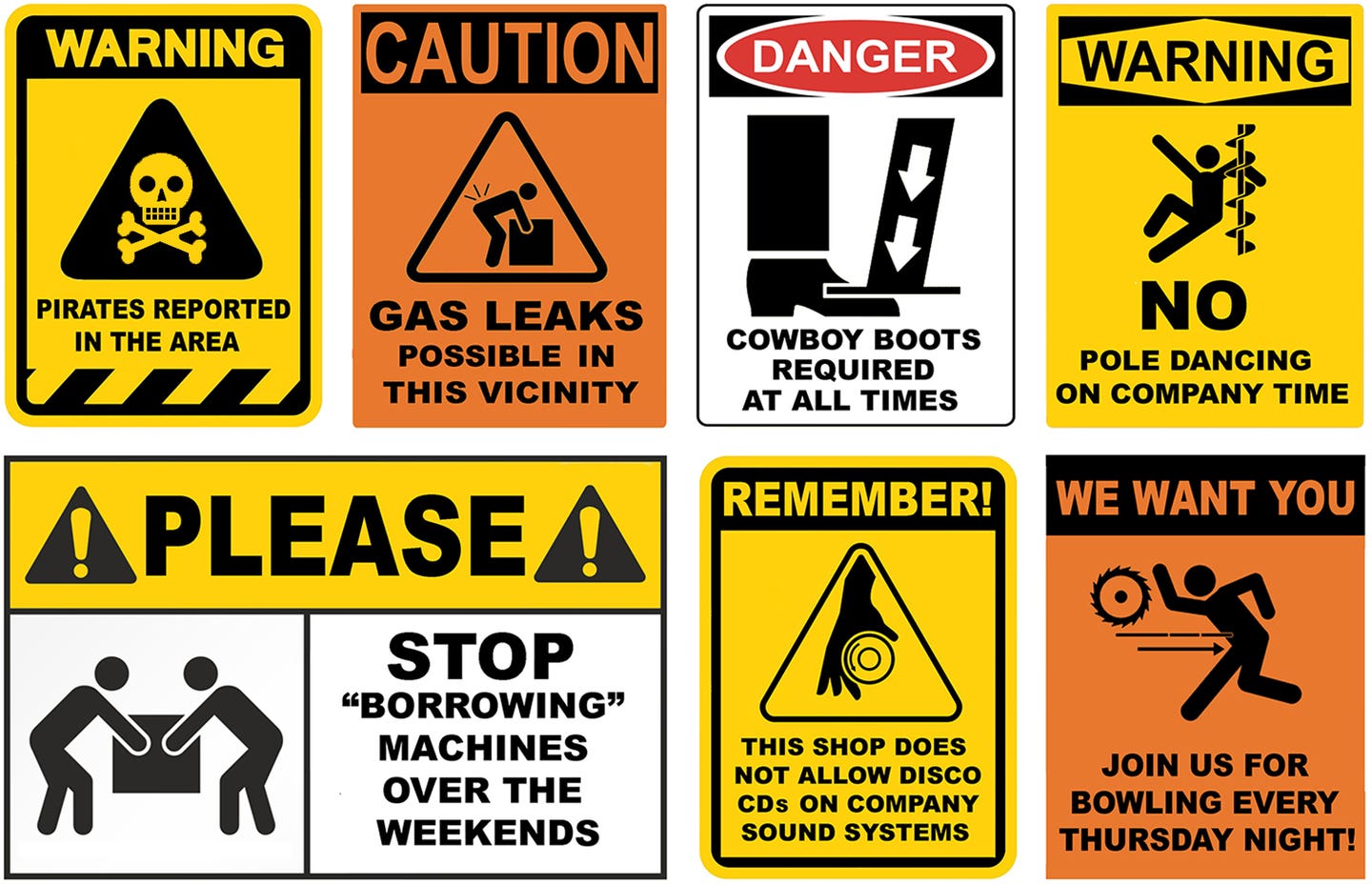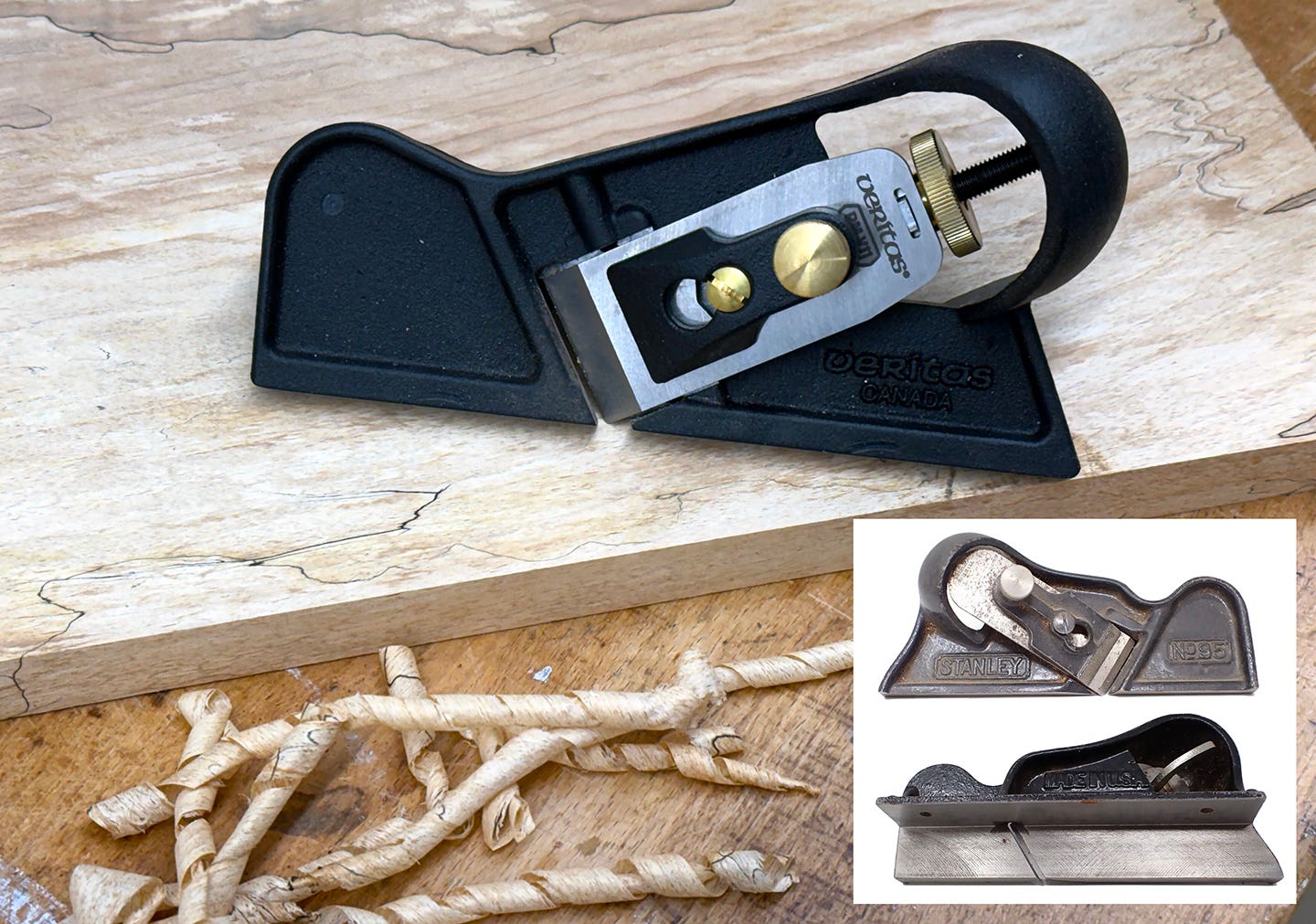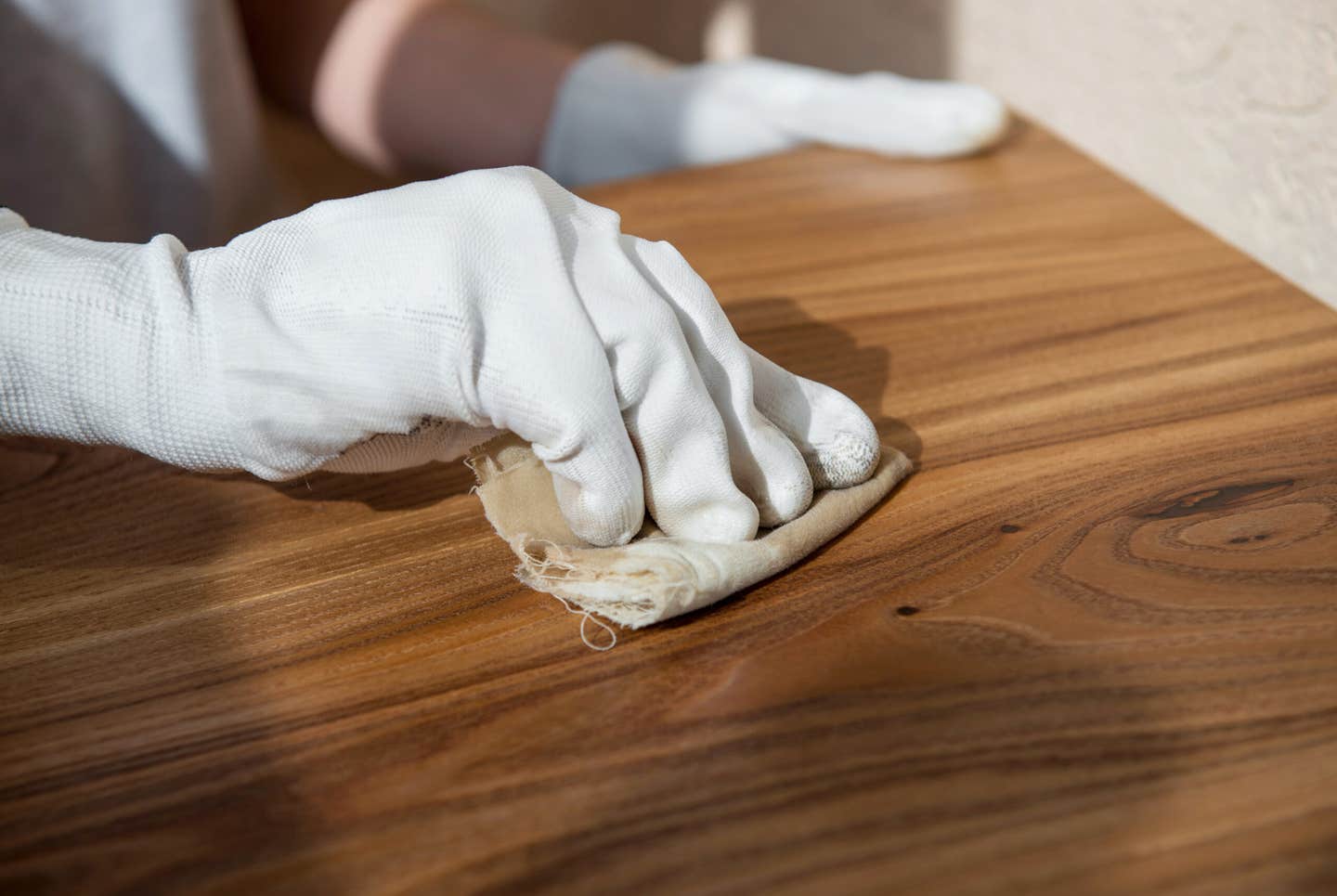Outside funding to show off your craft
It doesn’t matter what kind of shop you have; if you want to be successful, promotion is key. Some categories of professional woodworking – cabinets and millwork, specifically – cater…
It doesn't matter what kind of shop you have; if you want to be successful, promotion is key. Some categories of professional woodworking - cabinets and millwork, specifically - cater to a needs-based clientele, which has plenty of traditional print and broadcast promotional outlets available. The same is true for craft-related woodworking, of course, and many furniture, chair, box and clock makers find success with those routes.
{loadposition position10}
However, craft-related woodworkers have an edge on cabinet and millwork shops when it comes to promotion with an additional way to get work out in front of the public. Better yet, unlike traditional print or broadcast advertising, this other outlet costs very little. In fact, it's usually free. All you have to do is let your state do the work.
Every state in the country recognizes that promoting the talents of its residents is good for the state's economy and, as a result, many states have formed arts organizations to showcase the work of artisans in that state. These organizations may work directly with (or may be part of) a state agency or department, or they can be guild-sponsored or private. Let's take a look at examples of all three types.
State-sponsored
My home state of West Virginia was at the forefront of promoting local talent. In 1996, then-Gov. Gaston Caperton established a new kind of arts center dubbed "Tamarack: The Best of West Virginia." Conceived as a combination museum, gallery, performance center and conference facility, Tamarack exhibits the work of more than 2,800 talented artisans in a range of disciplines from music to books, textiles to metalworking, and of course, woodworking. But it's not just a static exhibit of one or two representative pieces from each artisan. The center is a full-blown shopping experience, with some artisans having dozens of pieces available for purchase. Add to that a large restaurant and a choice location at the intersection of Interstate 64 and Interstate 77, and foot traffic can easily number in the thousands on heavy travel days. Do things sell? You bet. Since opening, Tamarack's gross revenues have exceeded $78 million.
Even if an item doesn't sell, artisans often display free brochures or business cards with their work, leading to future sales once travelers return home. The best part is that even though Tamarack (and craft centers like it) displays the work of West Virginia artisans only, potential customers come from all over the eastern half of the United States and beyond.
Not all state-affiliated centers are as large as Tamarack, but most operate the same way. Displaying work usually costs the artisan nothing. All items displayed, however, must go through a sometimes-lengthy jury process before being approved and a percentage agreement typically applies to all items sold. I'm pleased to be a Tamarack artisan, by the way; one of my recent woodworking books is on display in the Tamarack bookstore, while another is currently being juried.
The Tamarack idea is spreading. The Illinois Artisans Program, for example, follows the Tamarack idea closely, but instead of a single location it offers "artisans shops" in four spots around the state, including Chicago and the state capital at Springfield. And the Kentucky Artisan Center at Berea, meanwhile, maximizes foot traffic the same way Tamarack does by choosing a location at the intersection of two major interstate highways.
Guilds
We typically think of woodworking guilds as smaller clubs that draw membership from a short distance - within a large city, perhaps, or from a single county. Other guilds have grown quite large, however, sometimes representing a talented membership from several states. And with increased size comes the ability to do more for the membership, including the sale and promotion of members' work.
Perhaps the best example is the Southern Highland Craft Guild. Chartered in 1930, the guild has grown into one of the largest organizations of its kind, with membership covering nine Southeastern U.S. states. The guild displays and sells members' work at the Folk Art Craft Center in Asheville, N.C., as well as in two other locations in North Carolina, plus one each in Tennessee and Kentucky. As with most art centers of this type, members' work goes through a jury process before being accepted for display and sale.
In addition to promoting members' work through its five retail outlets, the Guild holds two crafts shows every year. The guild's website highlights member work and includes links to members' personal websites categorized by medium (there are more than two-dozen woodworking-related links).
Private
Describing the third category as "private" is really a misnomer, for this last category is very broad. Some are truly privately operated, while others are affiliated with various arts organizations local to the state or region. Still others are connected to city or county arts-promotion efforts.
These are typically smaller in both scale and scope than the others I've discussed, but all share the goal of promoting local craftwork. Some have physical retail outlets or small shops, while others operate only online; still others do both. As with their larger cousins a jury procedure may be required, but many of these smaller private arts outlets require little more than a percentage agreement for items sold.
Making it work
The benefit of all three types of arts organizations is twofold. Direct-to-public sales is the most obvious, of course, but even if you don't make a lot of direct sales you're getting free publicity out to every person who walks through a retail location or visits an organization's website. As such, you should never work through one with the sole purpose of making sales. Just as important as putting your best work on display is including professional promotional materials. In fact, if you make large items for a high-traffic location such as Tamarack or the Kentucky Artisan Center that caters to travelers, your top goal should be promotion, not sales. Not a lot of travelers can toss a dining table or a queen-size bed into their cars in the middle of a vacation, but every one of them can take a card with your full contact information. A cardholder or small brochure rack, handmade by you in a style that matches your work, will work nicely.
So what's the best way to find these arts organizations? I'd love to provide a list, but there'd never be room here for a comprehensive one. However, with a computer and a bit of familiarity with a search engine such as Google, they're fairly easy to find. Here's how:
In the search field, simply list two words: the name of your state and the word "artisan" or simply "arts." Don't use quote marks or connect the words in any way. For example, searching for "Indiana artisan" turned up the home page for the Indiana Artisan Development Program as the first hit, while a search of "Ohio arts" returned the Ohio Arts Council home page as the top choice.
Likewise, using the word "made" as the second word for your search also works well, as a lot of these organizations and arts centers have that word in their name. I tried a search for "Vermont made" and came up with the home pages for Vermont Made Products, Vermont Made Furniture Outlet and the Made in Vermont page among the first three hits - and all feature the work of woodworking shops. However you search, be sure to look past the first few hits, as a relevant result could be on a second or third page.
The best time to promote your shop is now and the best way is at a minimal expense. Sometimes, the best place to do both is right in your own backyard.
This article originally appeared in the August 2010 issue.
A.J. Hamler is the former editor of Woodshop News and Woodcraft Magazine. He's currently a freelance woodworking writer/editor, which is another way of stating self-employed. When he's not writing or in the shop, he enjoys science fiction, gourmet cooking and Civil War reenacting, but not at the same time.







